The Weakest Parts of Your Roof
 19 June 2018
19 June 2018 
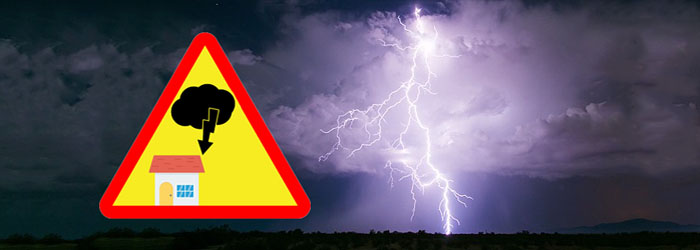
Nine Weak Spots on Your Roof That May Need Repairs
Repairs can prevent monsoon damage
The monsoon season has already arrived in Arizona, but you probably still have time to fix the most crucial weak spots on your roof.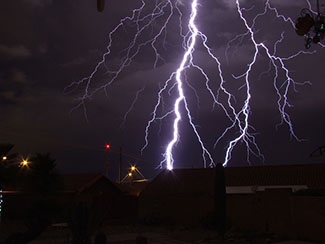
The monsoon season officially started June 15 and will last until mid-September. We're all hoping for regular rainfall, of course, to relieve drought in the desert. But the dry weather has continued so long that many homeowners may have neglected inspection and repair of their roofs. Even a fairly new roof may need some checking.
Here are the nine most vulnerable areas on Arizona roofs:
1 | The "dead" valleys
If you have peaks on your roof, there are valleys between those peaks that need cleaning so that rainwater can move smoothly down your roof. Unless you're a roofer yourself, you probably don't want to go up there to rinse off leaf and dirt debris that can cause water to pool up on your roof. You may want to hire someone to do the job instead.
2 | Aging ridgelines
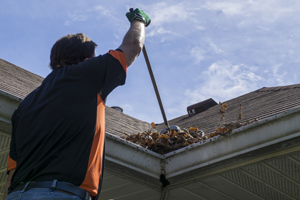
If you have peaks on the roof, you may also have ridgelines with vents in them for your attic. Those vents can leak over time and need repairs. You or a roofing expert can check the wood on your attic ceiling for signs of leaks as well.
3 | Clogs in scuppers and gutters
Just like the valleys between peaks, scuppers -- usually drainage lines on a flat roof -- and your gutters need cleaning before the storm season arrives.
4 | Missing gutters
Most Arizona homes, especially those built in the past 20 years, don't have any gutters. Because of our low rainfall, homeowners don't notice many problems. But you could benefit from having a gutter or two to carry away the water from the foundations of your house. Think about having gutters installed.
5 | Missing or broken tiles
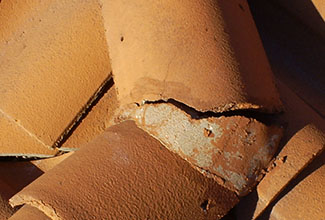 Rustic looking true clay tile roofs can be very vulnerable to damage in the Arizona sun and wind. They can break or crumble in crucial areas. Concrete tile roofs are sturdier, but even some of them break now and then and need replacing.
Rustic looking true clay tile roofs can be very vulnerable to damage in the Arizona sun and wind. They can break or crumble in crucial areas. Concrete tile roofs are sturdier, but even some of them break now and then and need replacing.
6 | Disintegrating shingles
Quality asphalt shingles are among the most long-lasting roofing materials. But over time, shingles can crack, curl and shrink; granules begin to chip off the shingles leaving them more exposed to gusty wind and rain. It may be time to replace your shingle roof.
7 | Flat roofs
Many Southwest-style homes in Arizona have flat roofs but remember that they are not really flat. They generally slant slightly or have drains that allow water to flow into gutters or scuppers that carry away water. You want those drainage areas to be clean and clog free. Many older flat roofs are covered with built-up asphalt and tar. You can redo your built-up roof with foam to give more protection. If you do install foam, have it inspected every five years or so to be sure it's in good condition. Birds often peck holes in the foam on flat roofs. Humans walking around on a flat roof can also do damage.
8 | The underlayment
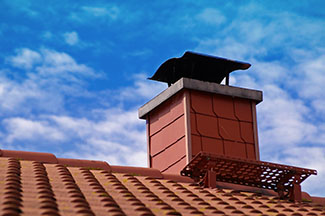 The underlayment is the paper or felt laid over the plywood sheathing on top of your house. That layer is then covered with tile. The underlayment will not last forever. If you have an older roof of this kind, an expert can pull up a few tiles to look at the quality and condition of your underlayment. It may need replacing.
The underlayment is the paper or felt laid over the plywood sheathing on top of your house. That layer is then covered with tile. The underlayment will not last forever. If you have an older roof of this kind, an expert can pull up a few tiles to look at the quality and condition of your underlayment. It may need replacing.
9 | Penetrations and joints between differing materials
Vulnerable spots can develop on your roof where there are chimneys, walls, skylights, plumbing and exhaust vents from bathrooms and kitchens as well as fascia boards. If the dissimilar materials and flashings that cover the joints aren't done correctly, water and wind can damage roofing.
If you know you have any of these problems, call a roofer and have them checked out further. If you've never had a roof inspection, now might be a good time to find out how your roof is doing before you have to learn the hard way during a storm.
###
Photo Credits:
RELATED CONTENT:
- Blog: Three Roof Maintenance Tips For The Winter Season
- Blog: How Can I Prevent Monsoon Storms From Damaging My Flat Roof And Causing My Ceiling To Leak?
- DIY FAQ: Can Fixing A Small Leak In My Roof Get Me Through Monsoon Season?
- DIY FAQ: Rosie's Roofing Consumer Guide
- Podcast: Whats On Your Roof In Arizona??
Print this page
recent post
- Duck, Duck, Duct! How Often Should Ductwork Be Cleaned?
- Vinyl vs. Fiberglass Windows: Which Is The Better Choice Of Replacement Window?
- We May Be The Grand Canyon State, But The Rocky Mountains Are Important For Arizona
- Welcome to Arizona! Things A Newbie to Arizona Should Know
- The Pros & Cons of Buying A Flipped House
- Getting In On The Ground Floor
- Why It’s More Critical Than Ever To Get Your AC Serviced Before Summer
- The Reality of Remodeling
- What To Look For When Comparing Your Roofing Quotes
- What To Expect When Buying New Windows & Doors
